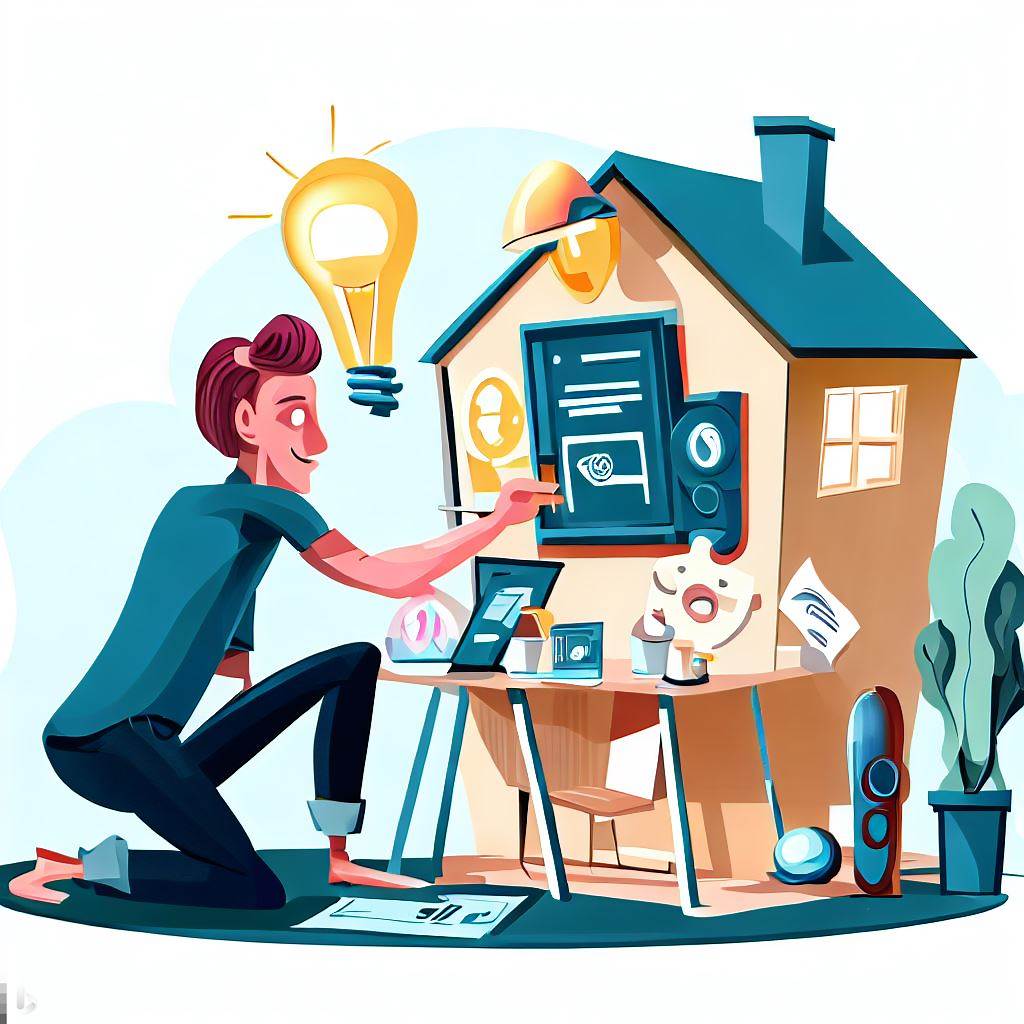We want you to know that this site is supported by our users. Some of the links you’ll find on our site are affiliate links, and if you make a purchase through those links, we may earn a commission at no extra cost to you. Thank you for your support – it’s what keeps us going!
What is a smart home?
Before we go into how to set up a smart home, let’s define what a smart home is. A smart home is a home that uses automation to control various devices and systems, such as lighting, thermostats, security alarms, and appliances. Smart homes can be controlled by a central hub, such as a smartphone or tablet, or by voice commands.
There are many benefits to owning a smart home. Smart homes can help you save energy, improve security, and make your life more convenient. For example, you can use smart thermostats to automatically adjust the temperature of your home when you’re away, or you can use smart lights to turn on the lights when you come home. Smart security systems can alert you if someone tries to break into your home, and smart appliances can help you cook meals, do laundry, and clean your home.
Smart homes are becoming increasingly popular, and there are many different devices and systems available. If you’re looking for a way to make your home more energy-efficient, secure, and convenient, a smart home may be a good option for you.
How to Set Up a Smart Home – Table of Contents
- What are the benefits of a smart home?
- How to Set Up a Smart Home
- Step 1: Define your smart home goals
- Step 2: Decide on your smart home ecosystem
- Step 3: Start with a smart hub
- Step 4: Add smart lighting
- Step 5: Install smart thermostats
- Step 6: Install a smart sprinkler controller
- Step 7: Invest in smart security devices
- Step 8: Choose smart entertainment devices
- Step 9: Explore smart home automation
- Conclusion
What are the benefits of a smart home?
- Increased security: Smart home security systems can help to deter burglars and alert you if someone tries to break into your home.
- Improved energy efficiency: Smart thermostats and lights can help you save energy by automatically adjusting the temperature and turning off lights when they’re not in use.
- Greater convenience: Smart home devices can make your life easier by automating tasks such as turning on the lights when you come home, locking the doors when you leave, and starting the coffee maker in the morning.
- Enhanced comfort: Smart home devices can help you create a more comfortable and personalized environment in your home. For example, you can use smart thermostats to create a specific temperature for each room in your house, or you can use smart lights to create different moods in your home.
How to Set Up a Smart Home
The idea of a smart home is becoming increasingly popular, and it’s not hard to see why. A smart home can offer convenience, security, and energy savings, all while making life easier and more enjoyable. But getting started with setting up a smart home can be overwhelming, especially if you don’t know where to begin.
That’s where this guide comes in. We’ll walk you through the basics of setting up a smart home, from choosing the right devices to connecting them to your network. We’ll also show you how to use your smart home devices to automate tasks and create a more comfortable and personalized environment in your home.
So what are you waiting for? Let’s get started!
Step 1: Define your smart home goals
Before you start, determine what you want to achieve with your smart home. Think about the devices that will make your life easier and consider your lifestyle. Some common goals include energy efficiency, security, convenience, and entertainment.
Step 2: Decide on your smart home ecosystem
There are various smart home ecosystems available on the market, and it is important to select the one that best suits your needs. These ecosystems are made up of different devices that work together seamlessly. Popular ecosystems include Amazon Alexa, Google Assistant, and Apple HomeKit.
Step 3: Start with a smart hub

A smart hub is the central control device for your smart home. It connects all the smart devices in your home and enables you to control them using a single app or voice commands. Some popular smart hub options include SmartThings, Amazon Echo, and Google Home.
For a guide on how to choose the best hub for your home, check out our article: The 4 Best Smart Home Systems For Easy Home Automation
Step 4: Add smart lighting
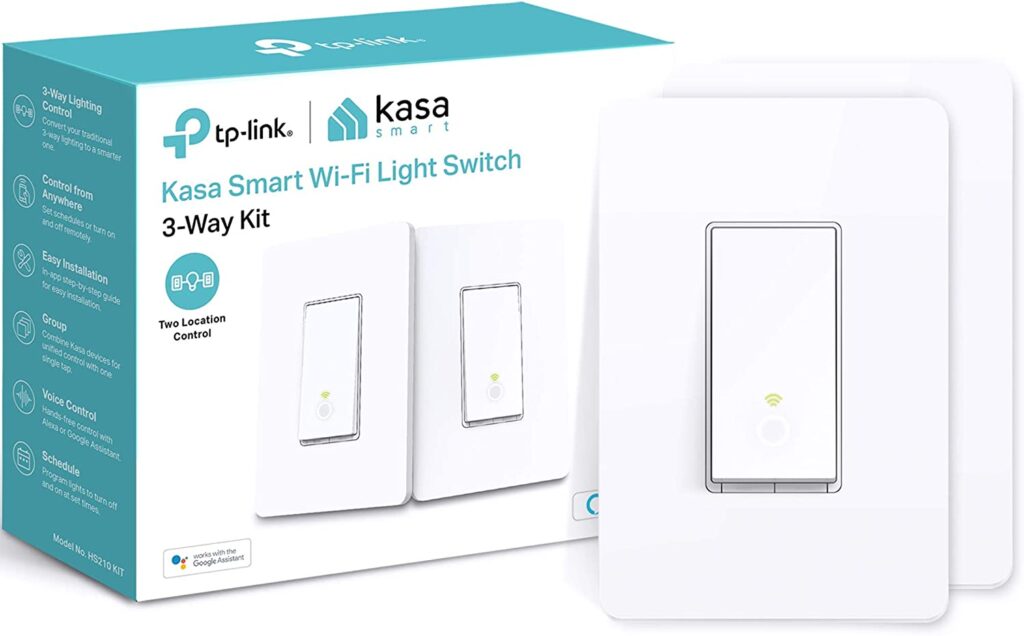
Smart lighting allows you to control the lighting in your home remotely. You can turn on/off the lights, adjust brightness and color temperature, and create schedules. Popular options include Philips Hue and LIFX. My personal favorite is the TP-Link Kasa for outside lighting like coach lights or porch lights. You can even set it to turn off and on automatically with the sunrise and sunset!
Step 5: Install smart thermostats
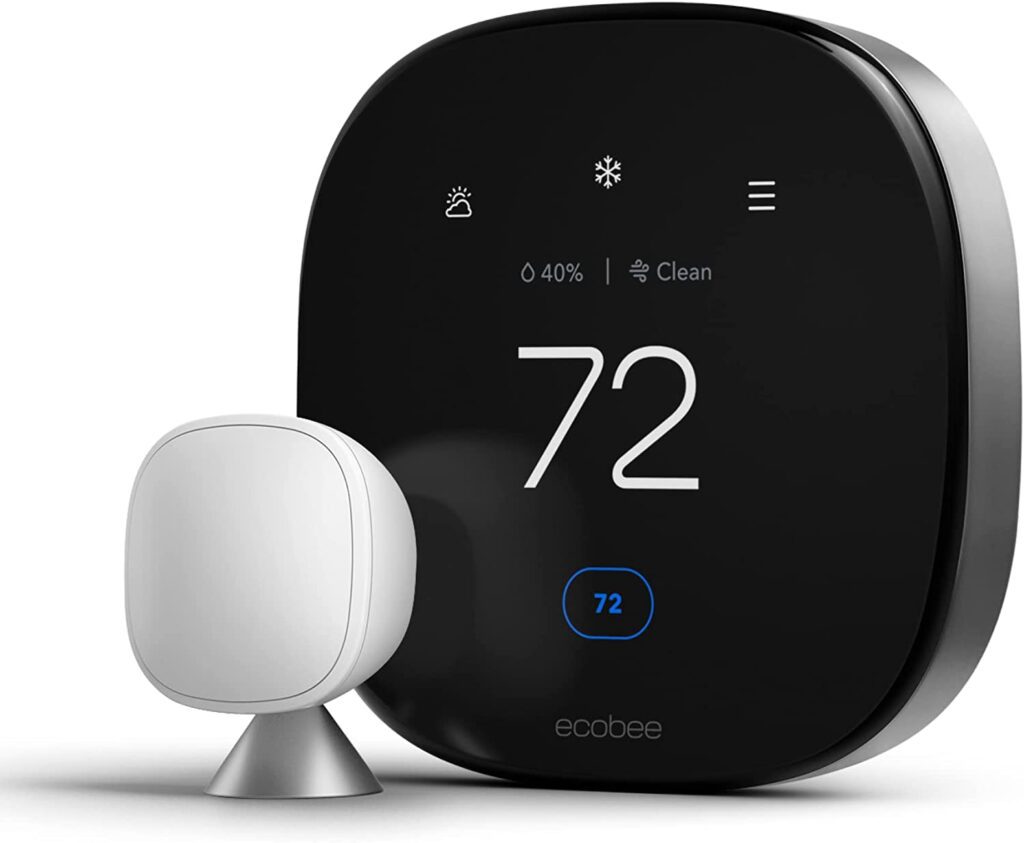
Smart thermostats enable you to control the temperature in your home remotely. They learn your temperature preferences and adjust accordingly, saving you money on energy bills. Some popular options include Nest and Ecobee.
If you’re looking for the best smart thermostat you can buy, check out our guide: The 5 Best Smart Thermostats of 2023
Step 6: Install a smart sprinkler controller
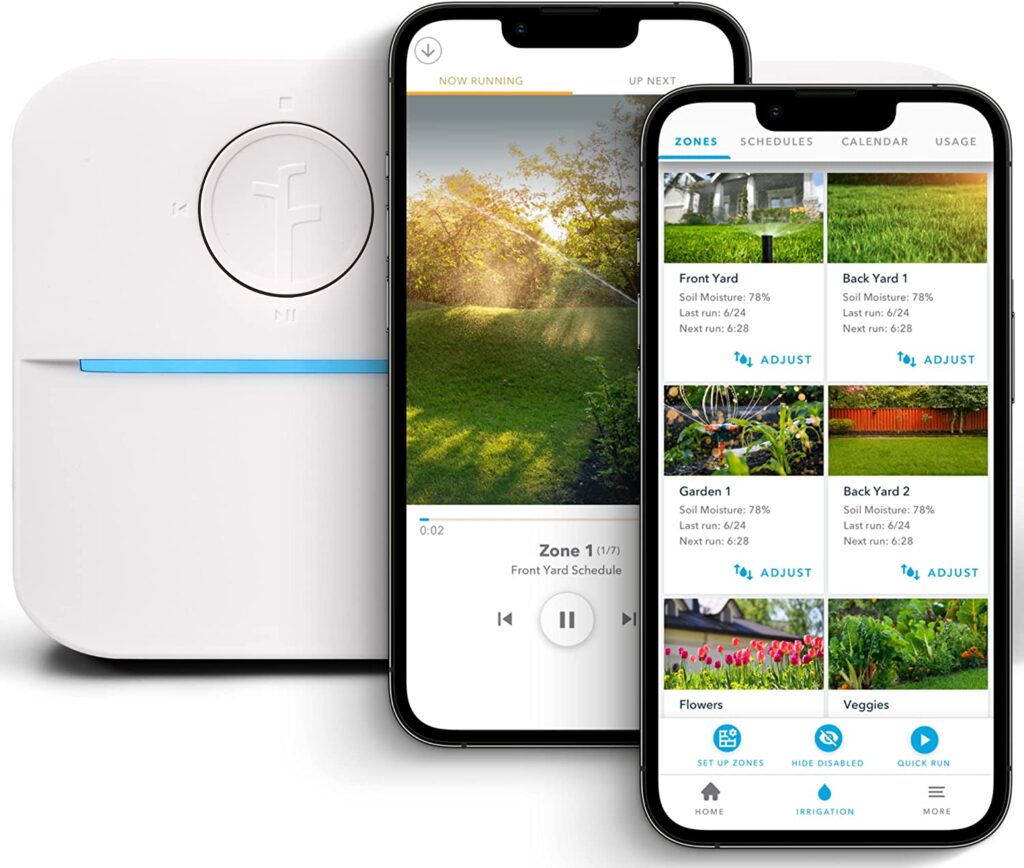
Smart thermostats aren’t the only smart gadgets that pay for themselves and save you significant money on your monthly utility bills. Smart sprinkler controllers can help you save water and money by automatically adjusting your watering schedule based on the weather forecast and soil moisture levels. This can save you up to 50% on your water bill. If you’re looking for a way to save water, money, and time, then a smart sprinkler controller like Rachio or Orbit B-hyve is a great option.
If you’re looking for the best smart sprinkler controller, check out our article where we compare the best options against each other: Rachio vs Orbit B-hyve: Find out which is the best
Step 7: Invest in smart security devices
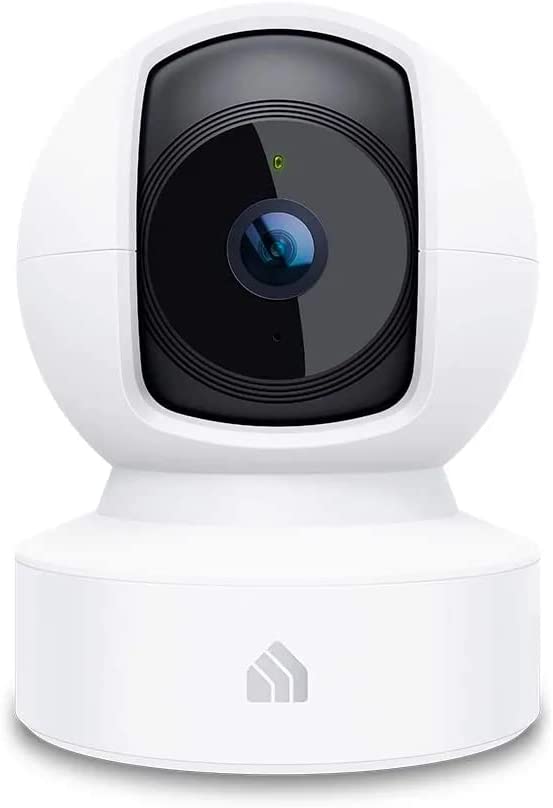
Smart security devices help you keep your home safe by alerting you of any suspicious activities. Popular options include smart doorbells, security cameras, and smart locks. You can remotely monitor your home and receive alerts on your phone.
Step 8: Choose smart entertainment devices
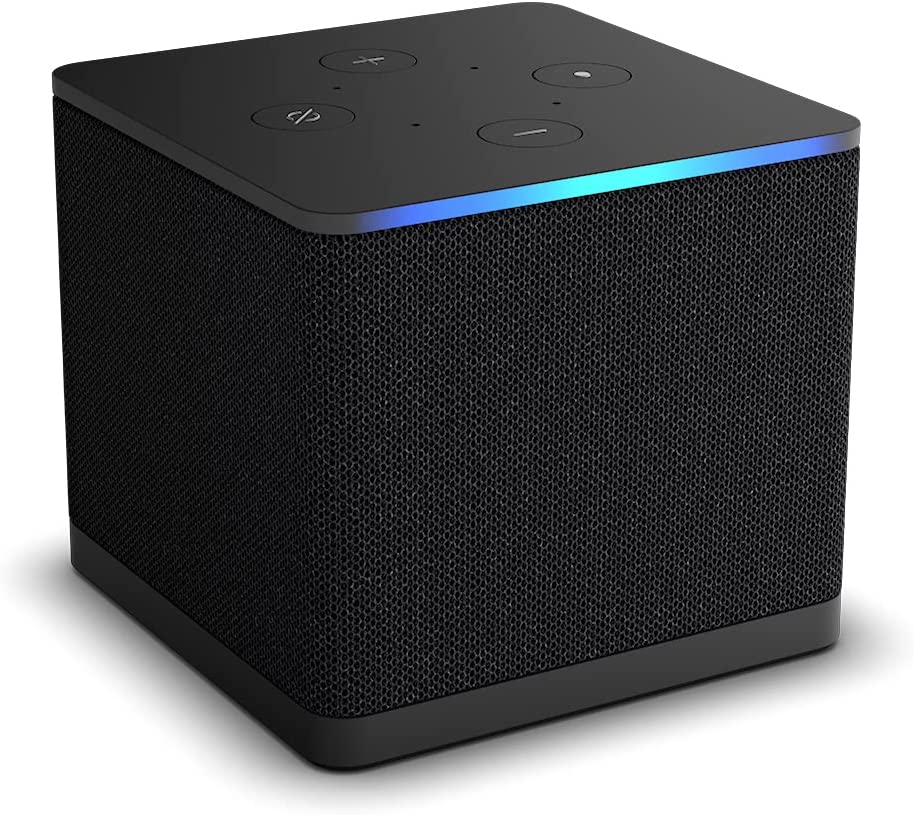
Smart entertainment devices enhance your home entertainment experience. You can stream music and videos on your smart TV or speakers and control them using voice commands. Popular options include Amazon Fire TV and Sonos.
Step 9: Explore smart home automation
Smart home automation allows you to set up routines that perform certain actions automatically. For example, you can set up a routine that turns off all lights and locks all doors when you leave home. You can also integrate your smart devices with other services like IFTTT and Alexa to create more complex routines.
Conclusion
In conclusion, setting up a smart home can be a daunting task, but it is worth the effort. With the right ecosystem and devices, you can enjoy a more comfortable, efficient, and secure home. Start with the basics, and gradually add more devices and automation as you get comfortable.


